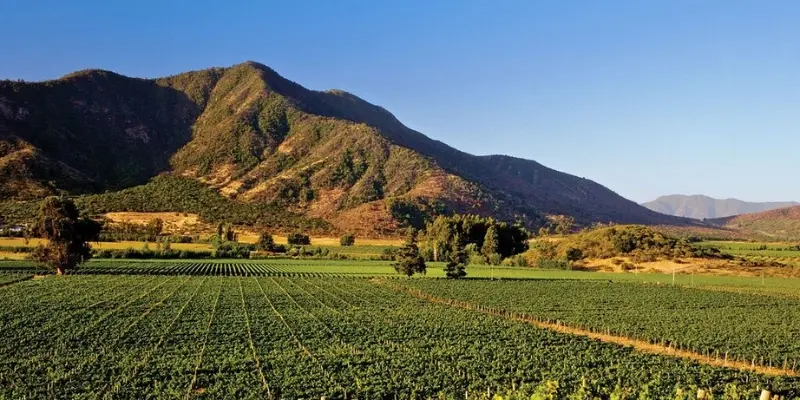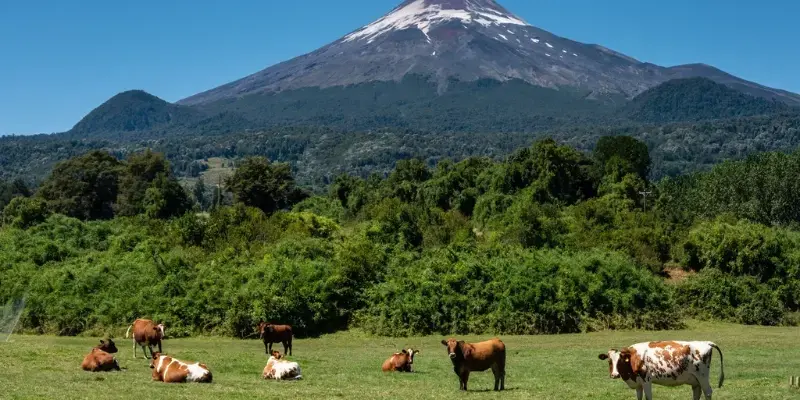Winter in Chile doesn’t only have to do with snow-capped mountains and epic outdoor adventures. In Chile’s far north, you will find a spectacular annual event known as “Fiesta de la Tirana." It takes place every July 16 and is one of the most popular religious events in the country.
This colorful event is certainly the most beautiful cultural celebration in northern Chile. It features impressive costumes, masks, and dances. It is a wonderful festival for kids and families, with thousands of dancers and lively music all around.
Welcome to the most extraordinary festival in Chile!
Where does the Fiesta de la Tirana take place?
The Tirana festival takes place in the small town of La Tirana, in the Tarapacá region of Chile. This town in northern Chile is located about one hour east of the city of Iquique and about four hours south of the Peruvian border.
La Tirana is a small town with only 800 people. However, every July, 250,000 to 300,000 visitors come to see the annual celebration.
A short history of
Fiesta de la Tirana
The festival's history takes place in the 1540s and mixes both legend and history. Ñusta Huillac was an Incan princess who rebelled against European conquerors. She was known for executing or enslaving Europeans or Christians who encroached on her territory. She quickly made herself a reputation of “tirana," which means “tyrant” in Spanish.
Ñusta Huillac, who was living near Iquique in northern Chile, eventually fell in love with one of her prisoners, Vasco de Almeida. She ended up converting to Christianity to marry him.
Her subjects felt betrayed and killed both her and her lover. A church was erected at their burial site in the 18th century, known today as “Santuario de Nuestra Señora del Carmen de la Tirana”. Today, it is a place of pilgrimage and devotion and one of the main places of the Fiesta de la Tirana. While the story blends legend and history, Ñusta Huillac has become a symbolic figure in the narrative of the festival.
While today La Tirana Festival is a celebration in the name of the Virgen del Carmen, many traditions still stretch back centuries to the indigenous Andean people. The origin of the celebration itself is linked to the Aymara workers who worked in the copper and silver mines (as saltpeter workers).
The festival was redefined in the 19th century with Chile’s nitrate boom. After the end of the War of the Pacific (late 19th century), July 16 was defined as the celebration date.
It quickly became a unique mix of Andean dances (like the “Dance of the Devils” brought by Bolivian salt miners) and Chilean more recent dances.
What to see on the Fiesta de la Tirana?
The Fiesta de la Tirana is a lively mix of ancient customs and “newer” traditions. Thousands of dancers come to dance before the statue of the Virgen del Carmen in the well-known local sanctuary. In the days before July 16, members of the “bailes” (groups of dancers) hold amazing performances to greet the virgin, known locally as “La Chinita.”
Thousands of pilgrims come from all over Chile, Peru, and Bolivia to sing and dance. And while July 16 is the official date, the celebration usually starts around July 10 when the doors of the sanctuary are open and when plenty of pilgrims are seen on the streets of La Tirana. Bailes (dancers) make their entrace from July 11-14. If you enjoy cultural events and photographs portraying typical celebrations, this is the event you’ve been dreaming of!
Want to experience Fiesta de la Tirana for yourself? Contact us so we can make it happen, or check out our programs in northern Chile!















